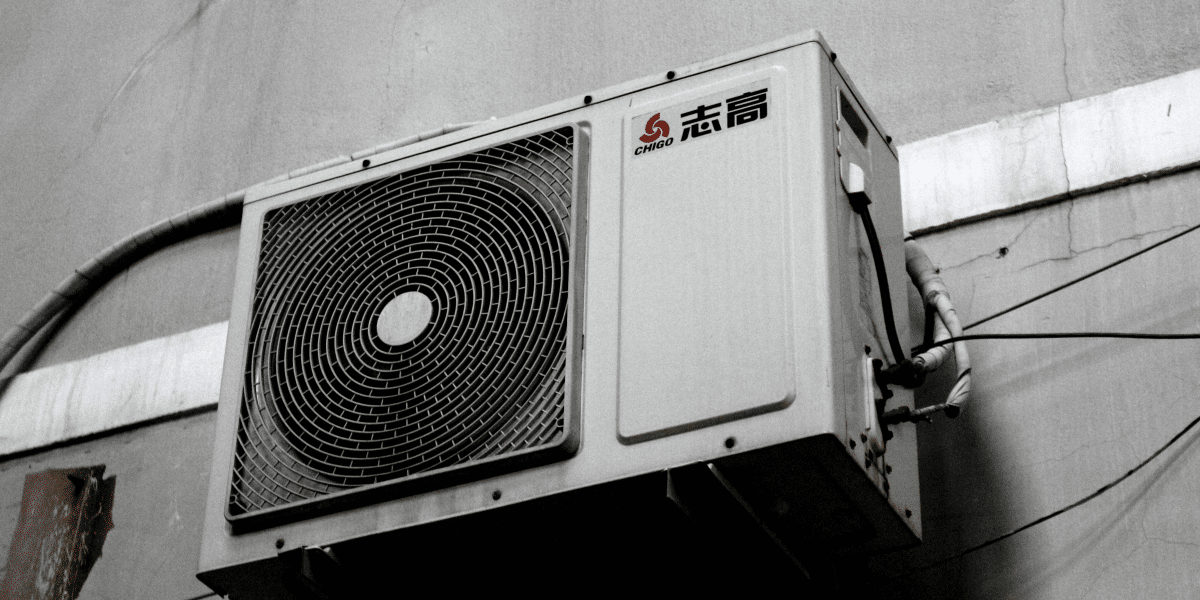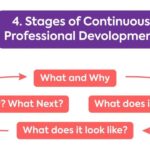A simple reset will usually take care of small problems like malfunctions, strange noises, or lags in performance. But, based on the kind of unit you have, the procedure can change. This article will assist you in learning how to safely reset your air conditioner, whether it’s a window air conditioner, split unit, or central air system.
What is the Purpose of Resetting the AC Unit?
Resetting your air conditioner can fix problems brought on by electrical blackouts, power surges, or broken sensors. This straightforward troubleshooting technique resets the machine to its original default configuration. An air conditioner reset can assist in resolving:
- Insufficiently chilly air
- Problems with airflow
- Unreliable temperature control
- Inability to comply with instructions at a distance
Before attempting to reset the system, make sure the issue isn’t something more serious requiring the assistance of a professional, such as a refrigerant leak, a broken compressor, or clogged filters, like https://www.airconservicing.org/aircon-problems/. These problems might need to be handled by professionals.
Safety Comes First: Cut the Power:
-
- Shut Off The Air Conditioning Unit: Before resetting your air conditioner, always make sure it is safe by turning off the electricity. You can accomplish this by using your AC unit’s control panel or remote. Power switches are found on the indoor unit or the outdoor compressor of some models.
- Turn Off The Electrical Breaker: Find the electrical breaker to which the air conditioner is linked. A separate breaker should be installed for a house’s central air conditioning system. Turn the system off to make sure it is totally unplugged from the power source. This precaution reduces your chance of harm and shields you from electrical surges.
Finding the Reset Button
A reset button is included on many air conditioners, particularly on more recent models. The kind of air conditioner you own will determine where this button is located. The reset button for window and portable air conditioners is typically located on the control panel, frequently next to the power button.
The outside compressor unit of split units and central air systems may have a reset button. Examine the area around the electrical components for a small button, usually red or yellow. If your air conditioner doesn’t have a reset button, you might only be able to reset it by using the circuit breaker.
Hold Down The Reset Button
Find the reset button and hold it there for three to five seconds. Certain models may require up to 10 seconds to reset, so you might have to hold it that long. Hold on for a second after you let go of the button. The reset has begun if the lights on your air conditioner flash or beep. If nothing happens after pressing the button, try turning the circuit breaker back on and seeing whether the device is working.
Look For Any Error Codes
Some contemporary air conditioners show error codes digitally. After attempting to reset your system, if an error code still appears, refer to the manual or contact a qualified technician like https://www.airconservicing.org/. The code will provide hints regarding particular problems that may be occurring in the system, such as low refrigerant, electrical problems, or malfunctioning sensors.
Run An Air Conditioning Test
Allow the air conditioner several minutes to properly reset and stabilize after it has been powered on. After adjusting the temperature to your preference, ensure the unit operates properly. Check to see if:
- Cool air comes from the unit or vents.
- When given remote commands, the system performs well.
- No unusual noises are coming from the compressor or fan components.
If the air conditioner functions flawlessly following the reset, the issue is probably small. If it’s still not working properly, there may be a more complicated problem.
Published by Rey P.

















